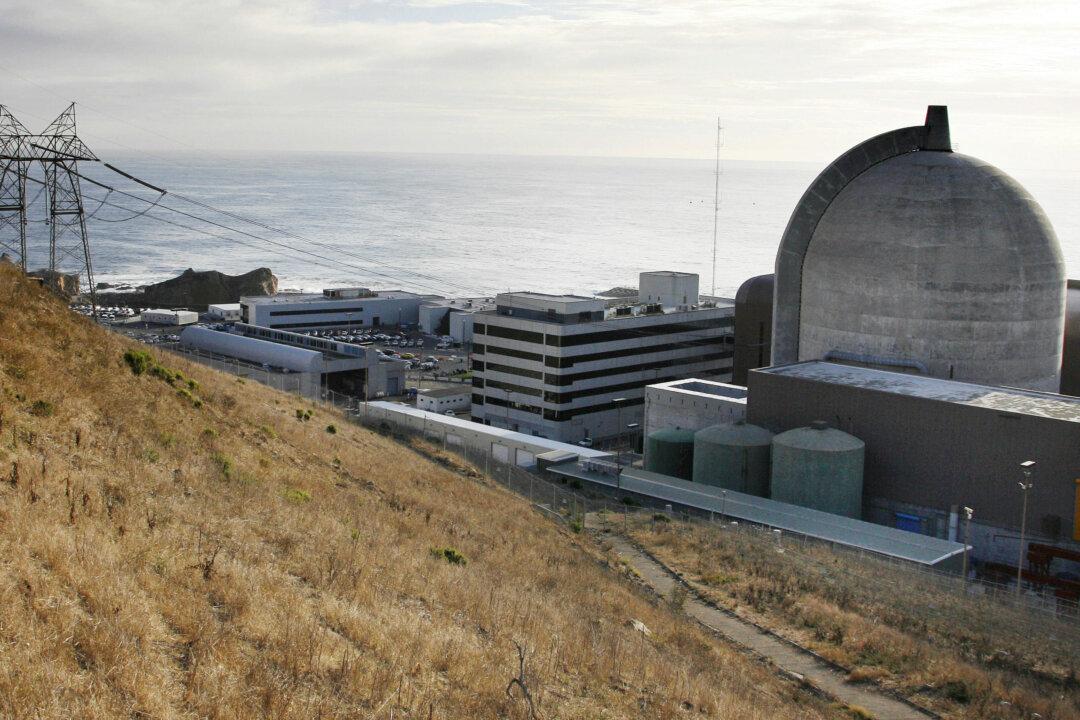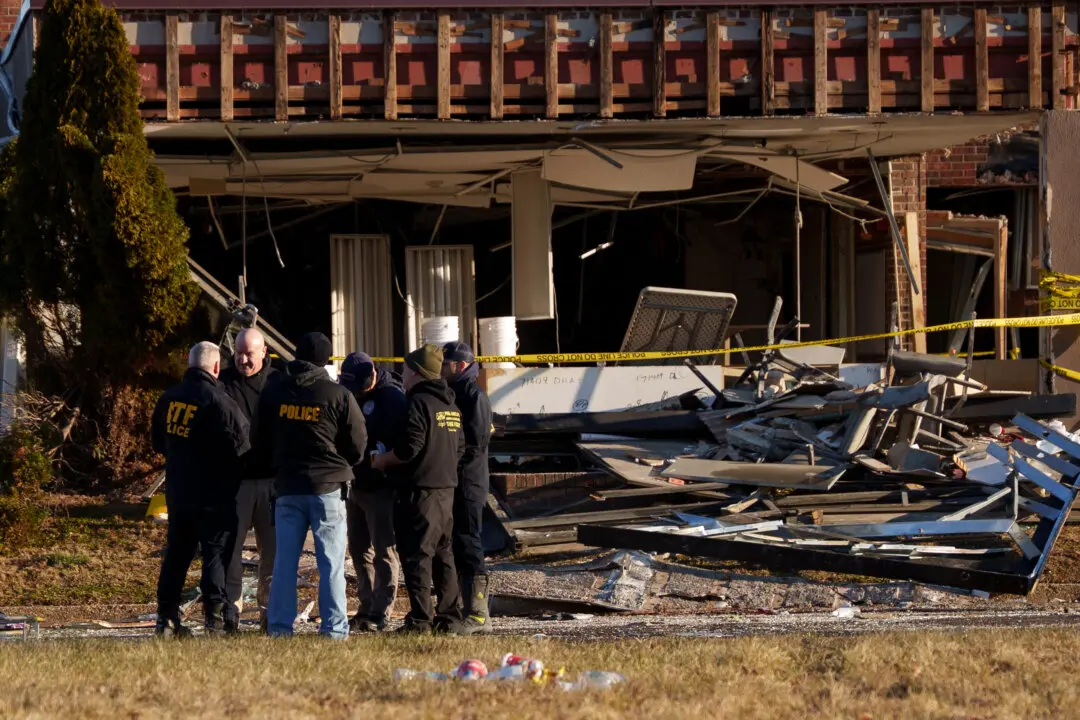LOS ANGELES—Six years ago, the company that owns California’s last operating nuclear power plant announced it would seek an extended lifespan for its aging reactors. Pacific Gas and Electric Co. envisioned Diablo Canyon as a linchpin in the state’s green energy future, with its low-carbon electricity illuminating homes to nearly midcentury.
Now, with a much changed nuclear power landscape, the company is evaluating whether to meet a tangle of potentially costly state environmental requirements needed to obtain renewed operating licenses.
If it doesn’t move forward, California’s nuclear power age will end.
That prospect is remarkable considering it was once predicted that meeting California’s growing energy needs would require a nuclear power plant every 50 miles along its coast. But vast fields of solar panels, wind turbines that in places are as common as fence posts and developments in power storage speak to changed times.
“We are not talking about either go dark or go nuclear. There are clearly now so many alternatives,” said former California Environmental Secretary Terry Tamminen, a green energy advocate who served under Republican Gov. Arnold Schwarzenegger.
The issues in play at Diablo Canyon range from a long-running debate over the ability of structures to withstand earthquakes—one fault runs 650 yards from the reactors—to the possibility PG&E might be ordered by state regulators to spend billions to modify or replace the plant’s cooling system, which sucks up 2.5 billions of gallons of ocean water a day and has been blamed for killing fish and other marine life.
“We continue to evaluate feedback on the seismic research and steps needed to obtain state approvals,” PG&E spokesman Blair Jones said.
When PG&E announced its intention to keep the plant running an additional 20 years, to 2044 for the Unit 1 reactor and 2045 for Unit 2, company officials said it would help slash greenhouse gas emissions while contributing to the economic health of California, which has been setting ever-higher ambitions for using solar, wind and other renewable energy sources.





